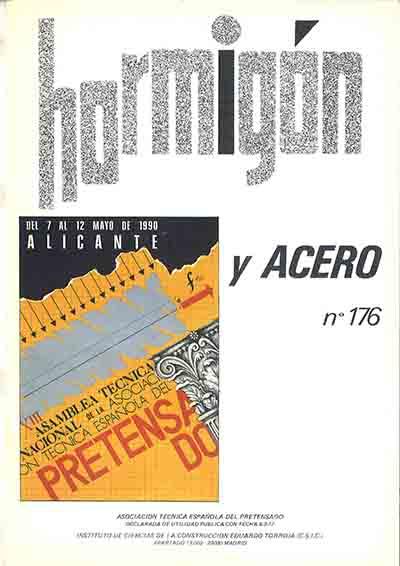Permeabilidad del hormigón: Influencia de la dosificación y métodos de ensayo
Resumen
En Laboratorio Central de Estructuras y Materiales se ha venido desarrollando, a lo largo de tres años, un estudio sobre las técnicas aplicadas para evaluar la permeabilidad del hormigón, tanto en laboratorio como in situ. Entre ellas, cabe destacar el método para la determinación de la profundidad de penetración de agua, recogido en la norma ISO/DIS 7031:1983. Durante la aplicación de este método, se plantearon ciertos problemas de carácter operativo, lo que llevó a desarrollar un estudio específico al objeto de solventarlos y redactar la correspondiente norma de ensayo española UNE 83.309. Además, el estudio incluyo un programa de ensayos que fue planificado par determinar la influencia que algunos parámetros de la dosificación podían ejercer sobre la permeabilidad del hormigón. Concretamente, se consideraron la relación agua/cemento, el tamaño máximo del árido y la duración del curado. Se consideraron cinco técnicas de ensayo: el método de penetración de agua, el ensayo de absorción superficial inicial (ISAT), los métodos de Figg para la permeabilidad al aire y al agua, así como el método de Hansen, Ottosen y Petersen para el ensayo de la permeabilidad del hormigón a los gases a baja presión. En total, se ensayaron más de doscientas probetas con diez dosificaciones diferentes. En este trabajo se presentan los primeros resultados experimentales, en relación con los dos primeros métodos de ensayo citados.

